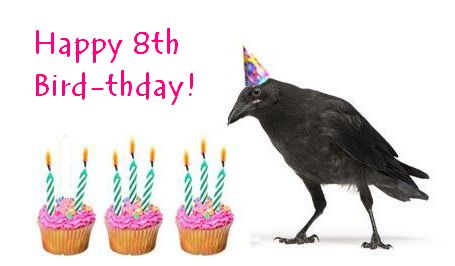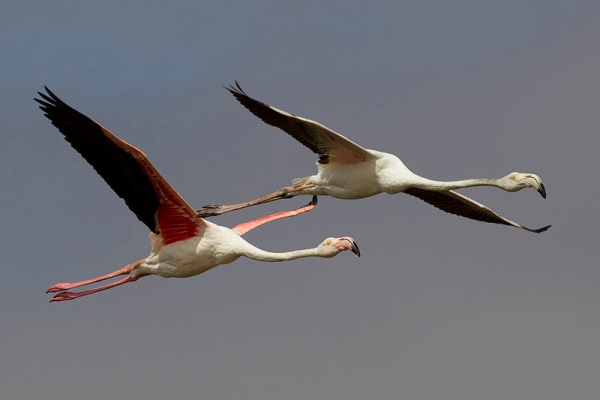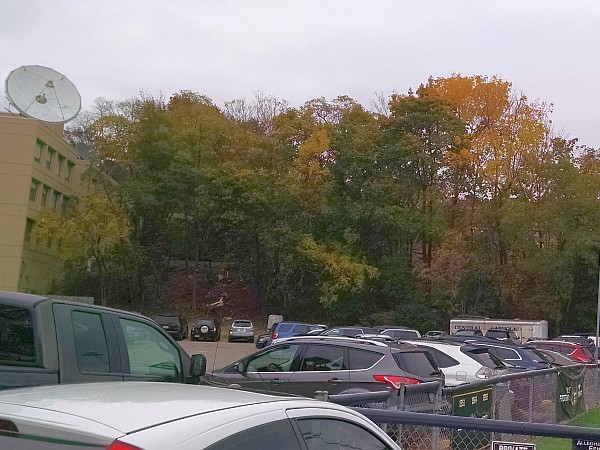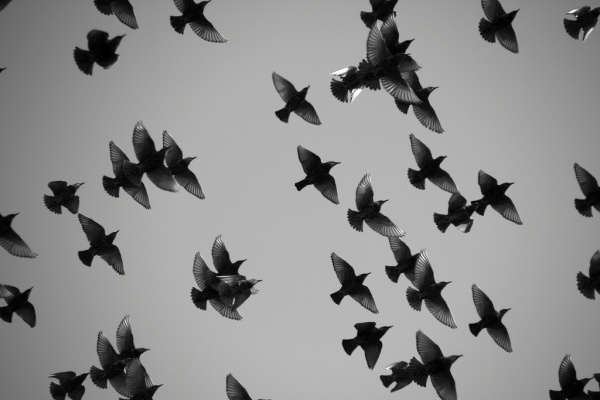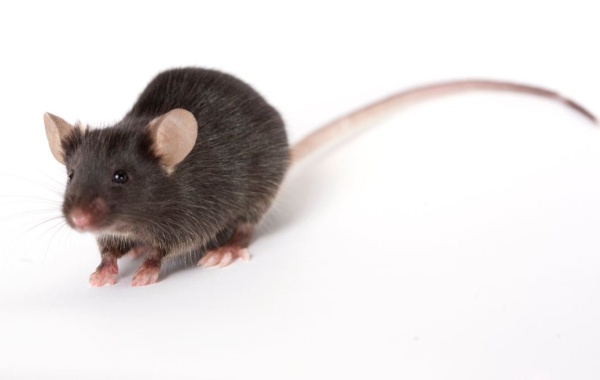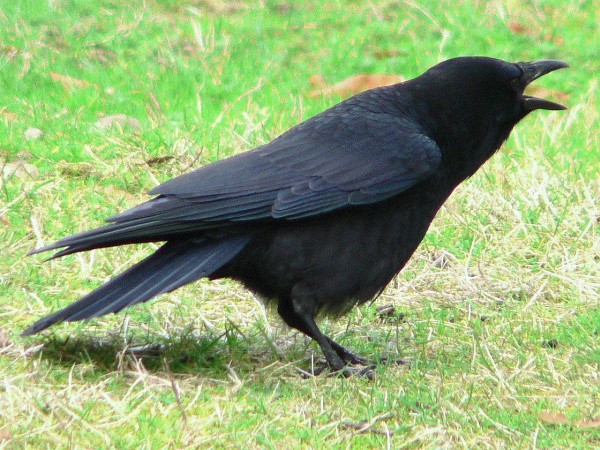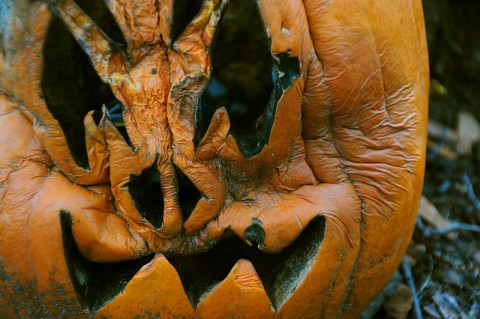
10 November 2015
Have you ever seen an all-white goose hanging out with mallards and Canada geese during the summer?
Even though most of us are unfamiliar with barnyard geese it doesn’t take long to find out the white ones are escaped domestic waterfowl that naturally prefer the places where people feed ducks. Their scientific name is Anser anser domesticus (shown at left above), the same genus and species as their wild ancestor the greylag goose (Anser anser, shown at right).
Greylag geese are mottled gray-brown with paler breasts and bellies, orange bills, and pink legs. Native to Europe and Asia they were domesticated about 4,000 years ago for their meat and eggs. In addition to food, they’re useful as Watch Geese, quick to sound the alarm and chase off intruders. The Roman historian, Livy, wrote that domestic geese saved Rome by warning of a night attack by the Gauls.
Selective breeding has given domestic geese bulky bodies and big butts but they are not always white and that causes identification problems. Not only do some resemble their wild ancestors but geese freely hybridize. When a barnyard goose mates with a Canada goose they produce some really odd offspring. Click here for pictures of the many strange results.
If you find a gray-brown goose in western Pennsylvania your field guide will suggest the greater white-fronted goose but be careful before you decide that’s what you’ve found.

Greater white-fronted geese (Anser albifrons) breed in the arctic tundra and winter in Mexico and west of the Mississippi. They’re a rare bird in western Pennsylvania so check carefully for a white forehead and base of bill, lots of black mottling on the belly, a smaller bill (than domestic geese) and less bulk.
Here’s the “white front” that gave them their name. (I added the red arrow.)

Chances are an odd goose seen in Pittsburgh has domestic relatives but take a really good look. You never know …
(photos from Wikimedia Commons. Click on these links to see the originals: wild greylag goose, domestic goose, greater white-fronted geese from the Crossley ID Guide Eastern Birds)
